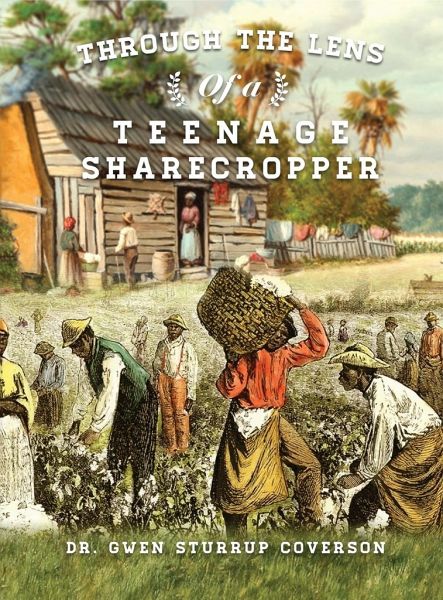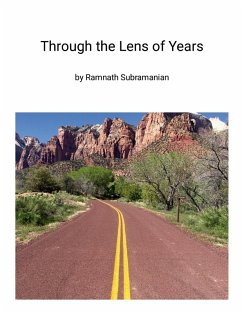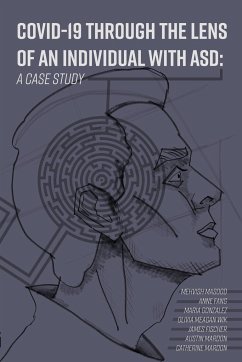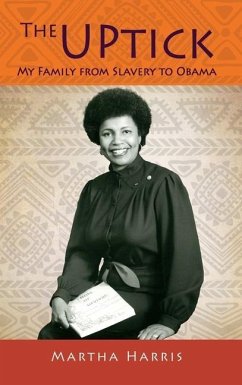
Through the Lens of a Teenage Sharecropper
Versandkostenfrei!
Versandfertig in 1-2 Wochen
26,99 €
inkl. MwSt.
Weitere Ausgaben:

PAYBACK Punkte
13 °P sammeln!
Although slavery was a practice of forced labor and restricted liberties, as a teenager that was not a part of my consciousness. During the summer months, I enjoyed the outdoors and being with family. Fast forward 50 years, I can only imagine the mounting debt that families endured. Heads of households had to prioritize cash crops and could not spend time planting personal gardens for daily food consumption. Cash crops included tobacco, rice, and cotton. Cash crops took precedence over schooling, therefore children were pulled from schools and denied access to an education. This type of labori...
Although slavery was a practice of forced labor and restricted liberties, as a teenager that was not a part of my consciousness. During the summer months, I enjoyed the outdoors and being with family. Fast forward 50 years, I can only imagine the mounting debt that families endured. Heads of households had to prioritize cash crops and could not spend time planting personal gardens for daily food consumption. Cash crops included tobacco, rice, and cotton. Cash crops took precedence over schooling, therefore children were pulled from schools and denied access to an education. This type of laboring was called sharecropping. Sharecropping is a term used, when one-person farms on another person's land, and the two share what is produced. Sharecroppers were poor, and often in debt to the landowners and creditors from one harvest season to the next. In exchange for the use of the land, cabin and supplies, sharecroppers agreed to raise a cash crop and give a portion, usually 50% of the crop to their landlord. A sharecropper's typical day consisted of long hours working in fields. No matter the condition, healthy or sick, rain or shine, dusk or dawn, sharecroppers sowed, weeded, picked and hauled cotton and tobacco. As I reflect back, the life of a sharecropper was difficult. Even in the best of situations, sharecropping families lived in a house on land that was not their own. The sharecropper contributed his and his family's labor to provide income for the family. Sharecroppers had no control over which crops were planted or how they were sold. During Reconstruction, former slaves and many white farmers became trapped in a system of economic exploitation known as sharecropping. Sharecropping reached full prominence during the 1870's, especially in the southern United States after the Civil War and at the end of slavery in 1865.













